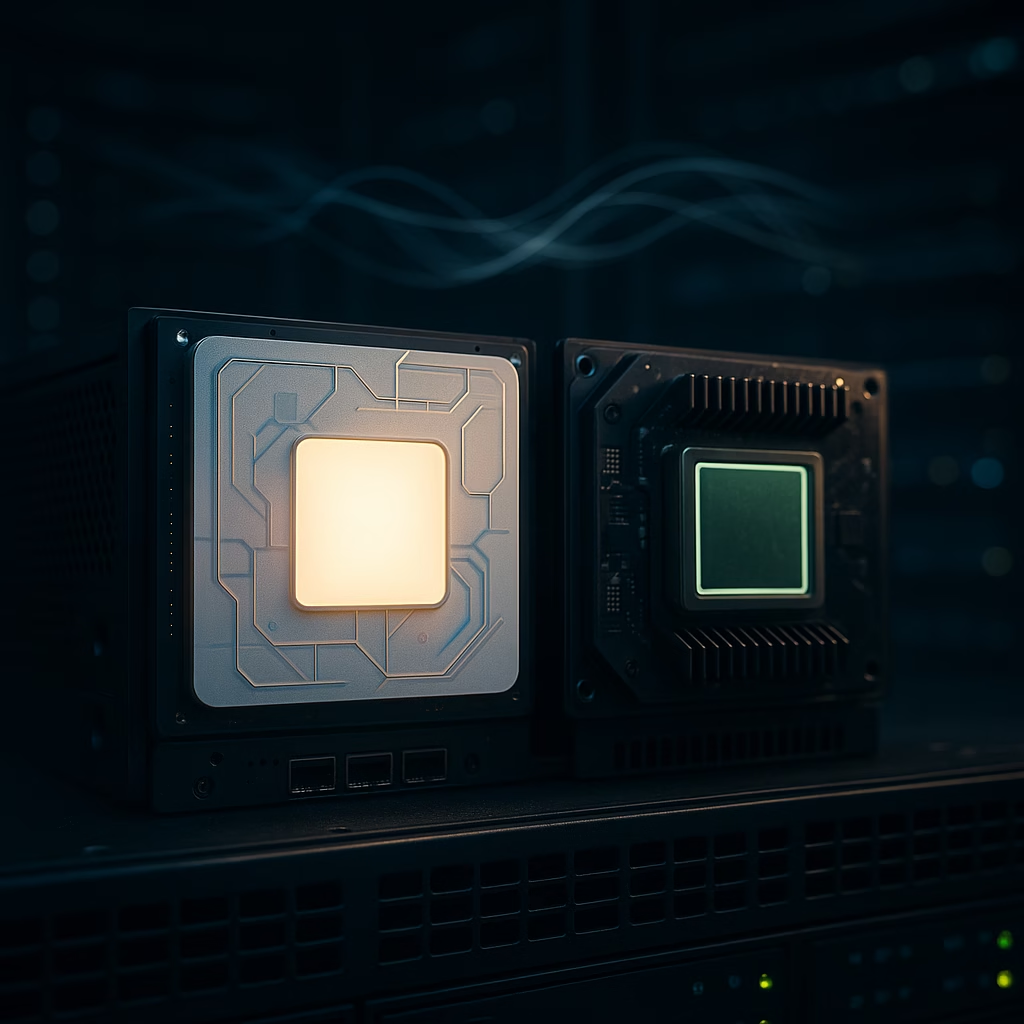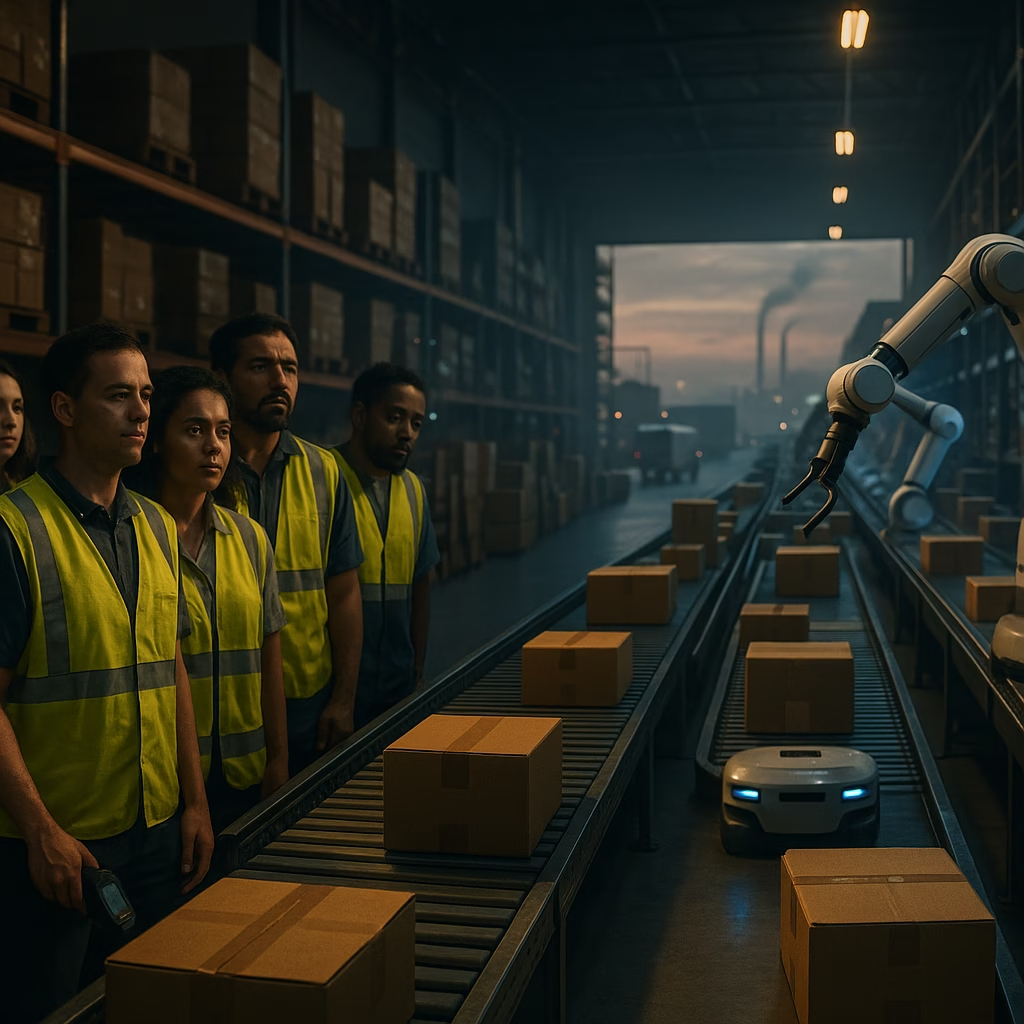Foxconn to Build NVIDIA AI Servers Using Humanoid Robots From Next Year
Global electronics manufacturing giant Foxconn has announced a groundbreaking move that signals a new era in industrial automation. According to recent reports, the Taiwanese firm will begin using humanoid robots to assemble NVIDIA-powered AI servers starting in 2025. This move marks a significant shift in how advanced computing infrastructure is manufactured, highlighting the convergence of AI, robotics, and manufacturing.
The Future of Manufacturing: Where AI Meets Robotics
Foxconn, known for assembling devices for tech giants like Apple, is now aligning itself with the future of artificial intelligence. Their next big project involves the use of humanoid robots to build AI data center infrastructure for NVIDIA, one of the world’s leading AI chipmakers. This strategy reflects a broader trend in the tech and manufacturing industries – the push for fully automated production lines enhanced by intelligent robotics.
Why This Matters:
- Increased Efficiency: Humanoid robots can work continuously, reduce human error, and operate in environments that might be unsuitable for human workers.
- Advanced Precision: The production of AI servers requires delicate calibration and precision – something modern humanoid robots are increasingly capable of delivering.
- Global AI Surge: As demand for AI processing power grows, so does the need for efficient, scalable manufacturing solutions.
Partnership Between Foxconn and NVIDIA
Foxconn and NVIDIA have long shared a symbiotic relationship. However, this latest development takes the partnership to a new level. NVIDIA’s AI chips, particularly the powerful H100 and upcoming Blackwell GPUs, are fundamental to the operation of modern data centers that power everything from generative AI to enterprise analytics. These high-performance chips will now be built into servers by humanoid robots under Foxconn’s direction.
Terry Gou, the founder of Foxconn, has previously expressed a long-term vision for smart factories. Now, the use of humanoid robots is inching toward that futuristic goal where factories are manned by machine intelligence working in harmony with human supervision.
Highlights of the Strategic Collaboration:
- Robotic Assistance in Production: Humanoid robots will be deployed in Foxconn’s Taiwanese production plants specifically for the NVIDIA AI server manufacturing line.
- AI-integrated Smart Factories: These production facilities will act as a blueprint for smart factories worldwide.
- Increased Output & Scalability: With automated production, Foxconn can meet the rising demand from tech firms adopting AI solutions.
Humanoid Robots: Science Fiction No More
When it comes to robots on the factory floor, the vision has often been mechanical arms or specalized machines focusing on repetitive tasks. But Foxconn’s move signals the rise of humanoid robots — machines designed to resemble and behave like humans, capable of mimicking human motor functions, problem solving, and machine learning.
The robots, though still not fully autonomous, are capable of assisting in tasks that were traditionally performed by humans. They can:
- Handle delicate components – such as GPU chips and server blades
- Work with human teams – operating shoulder to shoulder without the need for heavy safety enclosures
- Learn and adapt – using on-device AI to improve their efficiency over time
Meet the Robots: Foxconn’s Tech Line-up
Although Foxconn has not disclosed which specific humanoid robots will be used, industry experts suggest they could employ machines from firms like Agility Robotics or in-house designs based on existing industrial robots. Whether it’s agile bipedal bots or robotic arms operating with AI decision-making capabilities, the direction is clear: smart robot workers are coming to the server assembly line.
The Impact on Global Technology Landscape
This new method of AI server production could have far-reaching effects on the global technology supply chain. As AI workloads continue to demand high-performance servers, companies like Microsoft, Amazon, and Google are already investing billions in data center expansion. For these tech giants, Foxconn’s ability to deliver at scale using automation could prove invaluable.
Expected Benefits of Humanoid-driven Manufacturing:
- Lower Costs: Reduced labor expenses and fewer errors lead to long-term cost savings.
- Faster Turnaround: Assembly lines can operate 24/7, speeding up product delivery to clients.
- Higher Standards: Automated inspection and real-time quality control bring consistency.
Challenges Ahead
Despite the excitement, the transition to humanoid-led production is not without challenges. There are technical limitations in terms of mobility, vision, coordination, and adaptability in real-world environments. Additionally, questions around labor displacement are likely to raise concerns among unions and stakeholders.
Foxconn will need to strike a balance between automation and employment, likely retraining workers and creating hybrid human-robot environments where collaboration – not competition – is key.
Implementation Challenges to Watch:
- High Initial Investment: Humanoid robots have high acquisition and maintenance costs.
- AI Safety & Reliability: Ensuring consistent performance and avoiding unexpected behavior is critical in assembly environments.
- Ethical Concerns: Displacement of human labor and ethical use of robotics remain sensitive topics worldwide.
2025: A New Era in AI Hardware Production
As we head into 2025, the integration of humanoid robotics in high-tech manufacturing will likely redefine global production standards. Foxconn’s decision to transition some of its server assembly tasks to robotic systems could inspire other manufacturers to follow suit. The emphasis of the next industrial revolution is not just automation – but intelligent automation powered by AI.
This move is also a statement – that the future of AI hardware is tightly linked with the evolution of robotics itself. As AI continues to expand into every facet of society, it’s only fitting that the tools building our AI infrastructure become smarter too.
Conclusion: The Rise of the AI Assembly Line
Foxconn and NVIDIA’s forward-thinking move to bring humanoid robots into their manufacturing process is a glimpse into what smart industry looks like in the near future. From improved efficiencies to cutting-edge server hardware capable of powering the next generation of AI workloads, this partnership is more than just a business deal – it’s the birth of a new kind of factory.
If successful, Foxconn’s robotic factory setup could become the gold standard in smart manufacturing infrastructure, ushering in an age where AI builds the tools that create AI – a true loop of innovation.
Stay tuned as 2025 unfolds – the age of the robotic workforce is closer than ever.
< lang="en">







Leave a Reply